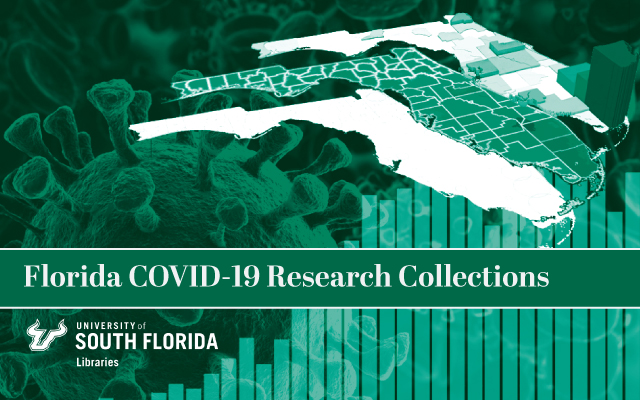
All publications
Document Type
Article
Publication Date
9-2020
Keywords
COVID‐19, NOx emissions, TROPOMI NO2, meteorological effects, NO2 trends
DOI
https://doi.org/10.1029/2020GL089269
Abstract
TROPOMI satellite data show substantial drops in nitrogen dioxide (NO2) during COVID‐19 physical distancing. To attribute NO2 changes to NOx emissions changes over short timescales, one must account for meteorology. We find that meteorological patterns were especially favorable for low NO2 in much of the United States in spring 2020, complicating comparisons with spring 2019. Meteorological variations between years can cause column NO2 differences of ~15% over monthly timescales. After accounting for solar angle and meteorological considerations, we calculate that NO2 drops ranged between 9.2% and 43.4% among 20 cities in North America, with a median of 21.6%. Of the studied cities, largest NO2 drops (>30%) were in San Jose, Los Angeles, and Toronto, and smallest drops (<12%) were in Miami, Minneapolis, and Dallas. These normalized NO2 changes can be used to highlight locations with greater activity changes and better understand the sources contributing to adverse air quality in each city.
Rights Information

This work is licensed under a Creative Commons Attribution 4.0 License.
Citation / Publisher Attribution
Geophysical Research Letters, v. 47, issue 17, art. e2020GL089269
Scholar Commons Citation
Goldberg, Daniel L.; Anenberg, Susan C.; Griffin, Debora; McLinden, Chris A; Lu, Zifeng; and Streets, David G., "Disentangling the Impact of the COVID-19 Lockdowns on Urban NO2 from Natural Variability" (2020). All publications. 15.
https://digitalcommons.usf.edu/usf_fcrc_all/15

